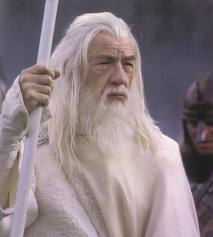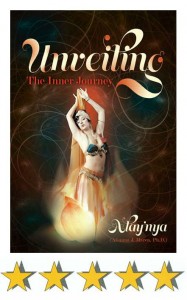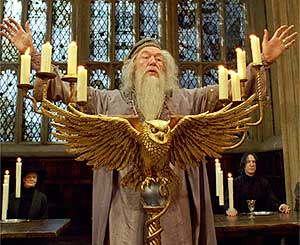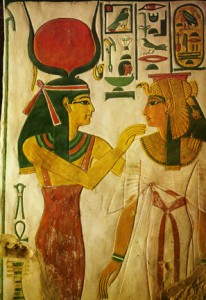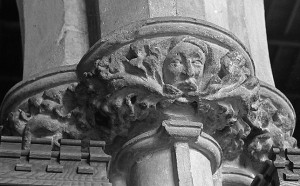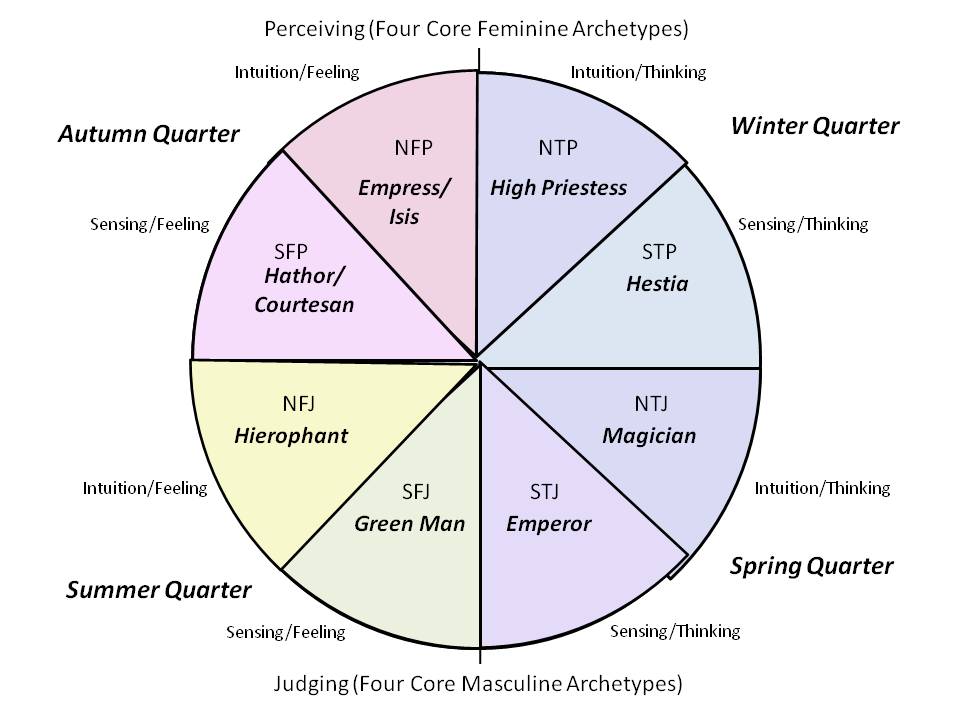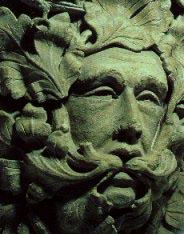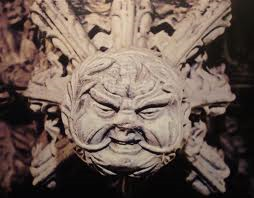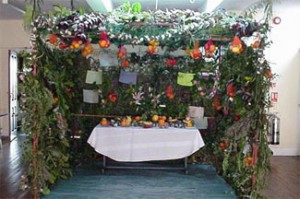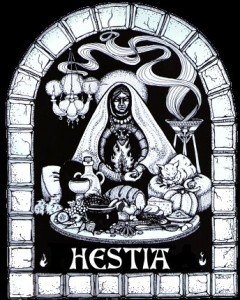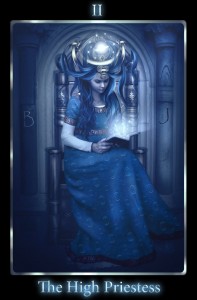All Betrayal Is Really What We Do to Ourselves – and Yes, We CAN Recover!
Right now, there’s a nationwide (and worldwide) concern about money.
The past three weeks have been thought-provoking for anyone in the United States. We’ve teetered dangerously close to the border of default. The Federal Government was shut down for nearly three weeks.
This means that even though the government (civil service) employees will get paid for their furloughed time, a great deal of churn has been thrown into the realm of government contractors, as well as the suppliers and service people who keep both the government and the contractors going.
In this particular area (North Virginia), it makes a big difference.
Throughout the whole country, though, there have been many people who’ve been asking themselves: How could I have put myself so much at risk?
This goes beyond government contractors and their support system. It includes the many people who are on Social Security, and who wonder about their economic future. It includes the many who lost the huge bulk of their retirement savings during the financial collapse of 2008, and who still have not recovered. It includes many of us who have leveraged ourselves into a tight position – those of us who have a steady job, with nice benefits – but little flexibility, and who feel trapped in the system.
Betrayal Is What We Do to Ourselves – and Then We Take Charge of Our Lives
I had a mentor once who famously said, We always know. We may not want to admit it to ourselves, but we always know.

When we set ourselves up for a tough spot, we also discern the tools and gifts that we need to move on.
It’s possibly no accident that of my last three face-to-face meetings, each has been with someone who has or is in the midst of stepping out of a corporate job – even a very nice and secure corporate job – and is striking out as an entrepreneur.
They’ve identified that the “betrayal” here was not so much entrusting the system (their job and the entire corporate culture) to take care of them financially, as it was in believing that they could “make it work” (for much longer than necessary) within that environment.
Intimate Relations and Job/Corporate Relations Riff on the Same Internal Dynamic
Over the last week, I’ve had in-depth conversations with four different women. Two of them – ones who are also just rebuilding their business lives – spent time recounting unhappy relationships or marriages. They’re carefully keeping themselves out of relationships right now, while they rebuild their lives.
The two others? Absolutely fabulous, totally enviable marriages. (One is newly married. She’s older than me, but is vibrant, glowing, and truly a blushing bride.) Of these, one has moved out from a secure position in which she’s been highly respected and wielded much influence. The other is getting ready to move on; retiring from a job that’s become stifling, and doing what makes her heart sing.
I see this a lot. There is often a common theme in our lives – one that we express again and again, in our selection of (and staying with) jobs, closest friends, and intimate partners. In other words, those people and institutions with whom we let down our walls – we open to some level of trust and vulnerability.
Sometimes we make great choices.
Sometimes, we make awful ones.
What Happens When We Dethrone Our Own Internal Emperor
Our Emperor archetype is our inner Protector and Provider. Of all the masculine roles, he is the one most charged with keeping us safe and secure.
Many of us, when we find that opening ourselves up has led us into disastrous situations (either financially or emotionally, or even both), do a sort of shock-reaction: we flip an internal switch and go into Emperor mode.
Sometimes, we go into Emperor mode early in life. This happens when we feel that our feminine aspects are too dangerous a place. This can be due to family or societal dynamics, or even one truly awful early-life experience. (Sometimes, a succession of them.) We flee our feminine selves, and put on a Warrior’s armor and an Emperor’s mindset.
I write about this extensively in:
- Is Your Emperor Ruling Your Life? – what happens when your Emperor becomes too dominant
- A Strong Inner Amazon Our Most Powerful Ally – our Amazon archetype (which includes our inner Emperor) takes care of us and lets us fulfill our other feminine roles.
What really happens when we do this, though, is that we engage a sort of pseudo-Emperor. We don’t have a real, fully-fledged Emperor running our show – we have an archetype who has the power to direct our attention, and make our judgment calls – but is not really there for us as either a Protector or as a Provider.
The result?
We work.
We work really, really hard.
We work really, really hard for years and years.
But – when we finally pull our heads up (or a corporate or national crisis forces us to step back and assess) – we realize: we haven’t protected or provided for ourselves at all. We’ve poured ourselves into a certain kind of task – but left ourselves with a kind of vulnerability.
In short, we’ve created our own Achilles’ heel. We have a vulnerability because we haven’t really dialed in to our Emperor archetype; we’ve never really let him take charge in an intelligent and useful way.
We’ve gone into Emperor-type activities, but we’ve not really let him Protect and Provide.
The crunch comes, and we’re devastated.
How to deal?
Will Our Real Emperor Please Stand Forth?
Our real Emperor persona is highly mature, and takes his responsibilities very seriously.
Let’s look at where he comes in during our archetypal evolution.
First, we invoke and cultivate our Magician; our creative visionary. We have great ideas for what we want in life, and we move forward with them.
Then, we realize that we need to pull back a bit; we need contemplation to balance our creative surges. We cultivate our inner High Priestess.
By the time that we’ve gotten our Magician and High Priestess going strong, we realize that we’ve been so focused on our creative vision that we’ve neglected our emotional selves. We begin to pay more attention to our inner Empress. (I call this our Isis archetype, after the Egyptian goddess of nurturance and love.)
It is only at this point – in the “archetypal evolution” scheme of things – that we invoke our Emperor. We do so because – by now – every one of our active archetypes needs him. Our Magician needs help creating a business plan and a structure that will support the creative vision. The High Priestess needs someone who is “out there” – taking care of the worldly things – so that she is safe when she calls a retreat. And the Empress?
Oh my, the Empress. She’s the one who takes on the emotional responsibilities for caretaking and nurturing, and the practical day-to-day ones as well. This can be with children. It can be with animals, particularly if someone devotes himself or herself to animal rescue or environmental care. This can be in community service or in any other way of emotional investing.
In terms of archetypal patterns, both our High Priestess and our Empress get very diffuse. They tend – by their very natures – to be ever-expanding in their awareness and attention.
For the High Priestess, this is a sort of intellectual or simply perceptive awareness. In our High Priestess modes, one thought leads to another, and to another. (When coupled with Magician moments, this leads to fabulous brainstorming.)
For the Empress, this kind of expansiveness is emotional. She winds up committing to caring for more than she can practically handle.
Between Isis and High Priestess, things can get too diffuse; too over-extended. The Magician, with his intense focus on creativity, may have let the rest of life pile up in huge, chaotic disarray.
The Emperor’s role? First, to bring in some structure and order.
He’s the one who will say: Let’s get all these names of people we’ve met (while doing all of our great networking and connecting) into a database. He’ll say: Let’s stop producing new stuff for a while, and organize our files, and back-up all our computer data. He’ll say: Let’s put together a spreadsheet of expenses, and figure out what we’ve got.
When we invoke our Emperor in a benevolent mode, he comes in as a rescuer. He brings not only structure and order, but strength and stability. He may bring some routine in to our lives – whether as regularly scheduled times for certain tasks, or as business processes that ultimately let us delegate tasks to others.
When we do a higher level of life-integration, we call on our Emperor in a more powerful and comprehensive way. We may have previously given away our power. We may have pretended to ourselves that our corporate job was secure, or that the financial system would stay stable, and our futures would be safe if we simply trusted these institutions to work in our favor.
We may have married someone, or taken in a boyfriend, or even given over a great deal of power to a more masculine business partner – and then realized that they were not there for us. They were not protecting and providing; if anything, we were providing for them!
We Recover by Invoking a Strong, Healthy, and Benevolent Emperor Inside Ourselves
As we recover, we realize that we don’t need to give away our power (and our trust, and our financial resources, and our work) to someone or something else.
We realize that we really can take care of ourselves, and we can do so in a very loving, calm, compassionate – yet very structured and disciplined manner.
This is a fairly big step in personal growth.
This goes beyond our first work in archetype integration, in which we make opposing sides work together.
In this more advanced work, we are subduing the “inner beast” (our raging fears, insecurities, and desires to simply run away – let someone else be in charge). Instead, as we gentle these fears to the ground, we invoke each of our inner archetypes as needed, and give them the full power and authority to get the job done.
If one of our tasks is to provide for our own financial well-being, then we assess what we need, calmly and deliberately. We undertake the next steps, in a way that brings our goals to fruition most solidly and steadily. We don’t look for shortcuts, and we don’t try to cut corners. We simply do what we need to do.





